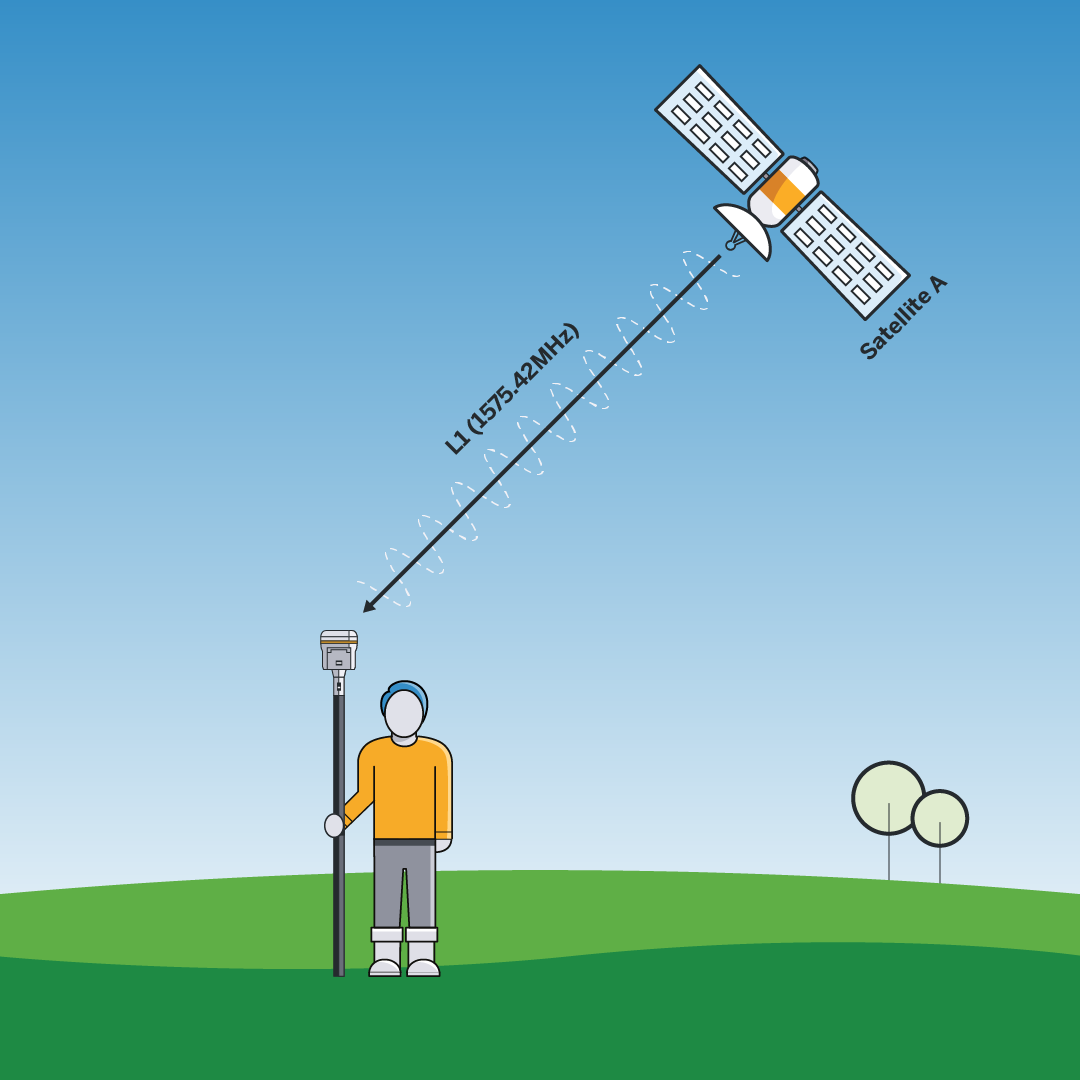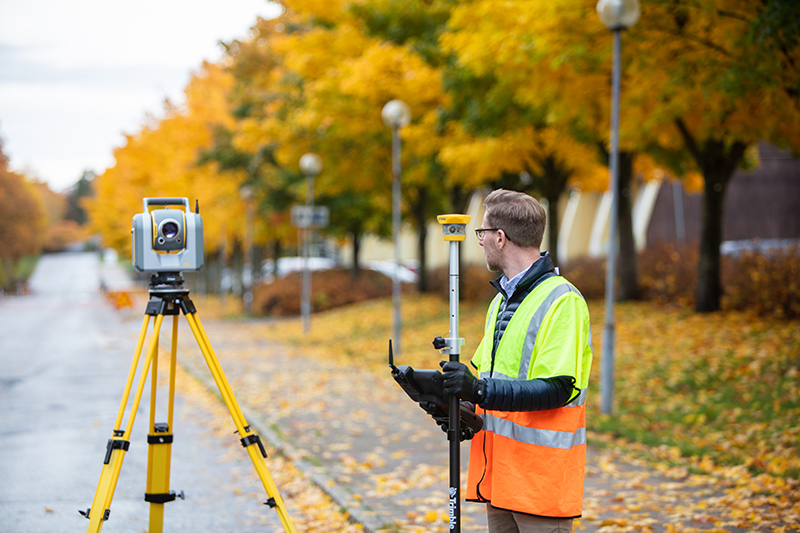Scanners ‐ Becoming a Digital Diva

Today, we're going to talk about the crossover tool that turns our analog documents into digital ones that we can then store in the cloud, email or re‐work for new purposes. We're going to look at wide format scanners and what you really need to know about them before deciding what kind to buy. Now, I'm not going to steer you into any particular brand or model because, frankly, we carry them all here at Cansel, but I do want to educate you on HOW to choose a technology.
Wide format scanners are divided into two major technologies: CIS which stands for Contact Image Sensor, and CCD which stands for Charged Coupled Device.
The choice between a CIS scanning technology and a CCD technology is largely based on the type of documents that you, the client, wish to scan.
If you're scanning architectural or engineering/construction drawings or even maps, the CIS scanner is the better choice in terms of reliability and cost-effectiveness because the contact image sensor is designed in a more solid-state fashion, requiring very little calibration over time. It is also called an LED scanner by the way. They're typically faster than their CCD counterparts and do not suffer from image parallax that CCD scanners can suffer from if they go out of alignment or don’t possess enough cameras to cover the image width adequately. Parallax is the anomaly that occurs in any camera that causes an image to be slightly distorted from left to middle to right through the eye of the lens. CCD systems rely on a mathematical process called stitching to overlap the images from each camera to minimize that effect.
CCD camera systems are designed to perform very well when scanning colour-critical work such as photographs or fine art because they employ actual cameras mounted to a charged coupled device that converts the analog image signal seen by the camera into a digital one. “Cameras” are capable of capturing a greater ‘depth’ of colour than a CIS scanner could, and this is a quality highly sought after in scanning work where colour is critical. The downside to CCD systems is the aforementioned parallax issue which can occur if the scanner's camera array goes out of alignment. Causing a CCD camera array to go out of alignment can happen over time naturally as hardware loosens, or if the scanner is bumped or moved in an abrupt manner.
At the end of the day, both scan technologies produce exceptional results for their respective duties, and customers are always cautioned to understand WHAT they want to scan before settling on a technology. Don't let a smooth-talking salesperson sell you something you don't need. Remember, whether you choose a Ford F150 or a Lamborghini, the speed limit is STILL 100 km/hr!
If you want to understand more about wide format scanners and get help choosing the best one for you, reach out to the Wide Format Print Professionals at Cansel and let them help you.


